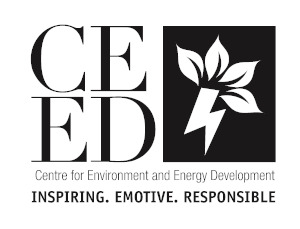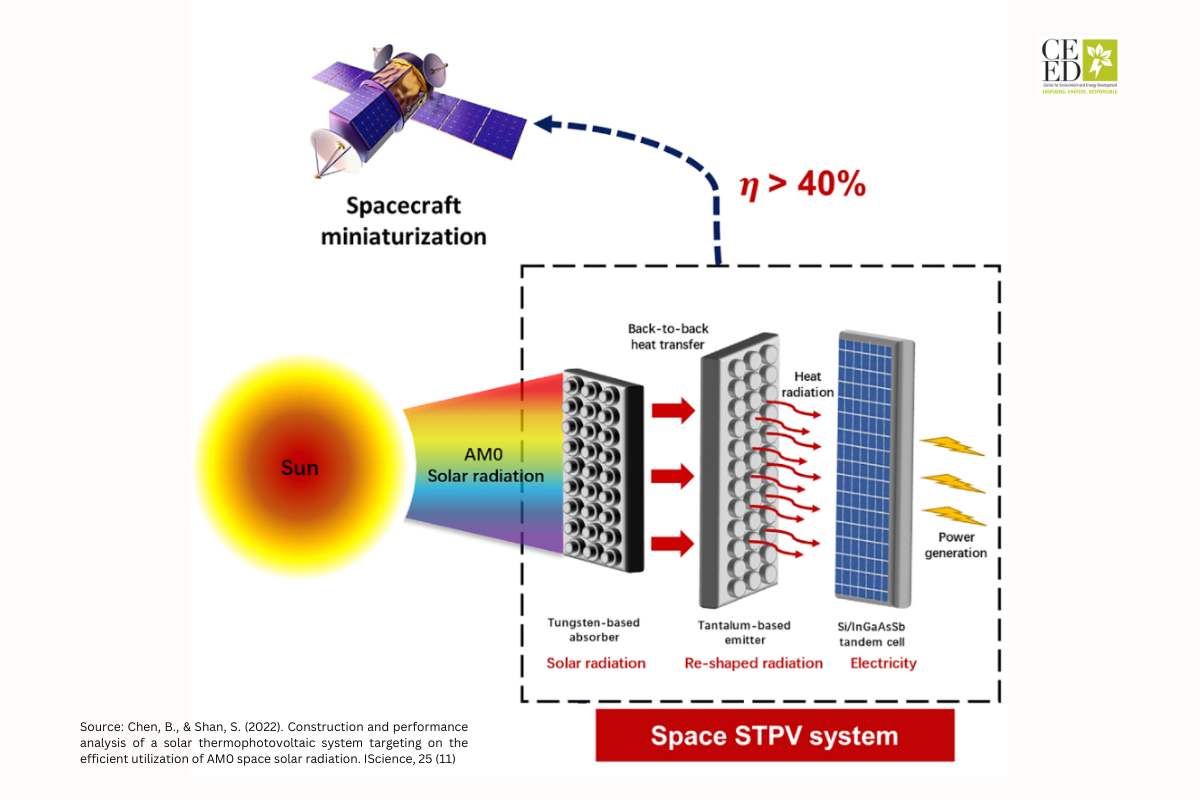Trinath Mahato |
Thermophotovoltaic (TPV) technology is a renewable energy technology that can convert heat into electricity. Recently, researchers have made significant progress in developing high-efficiency TPV cells, with some achieving an efficiency of 40%. In this article, we will explain TPV technology, how it works, and what this breakthrough means for the future of renewable energy.
What is Thermophotovoltaic (TPV) Technology?
Thermophotovoltaic technology is a process that converts heat into electricity using a device called a thermophotovoltaic cell. This cell consists of a semiconductor material placed between two metal plates. The metal plates are heated to high temperatures, which causes them to emit photons (light particles) in the infrared range. The photons then hit the semiconductor material, causing electrons to be released, which generates an electrical current.
How does TPV Technology Work?
The process of converting heat into electricity using TPV technology involves several steps. Firstly, the heat source, a flame or a hot surface, heats the metal plates. The metal plates then emit photons in the infrared range, hitting the TPV cell’s semiconductor material. The photons cause electrons in the semiconductor material to be released, generating an electrical current.
The efficiency of TPV technology depends on several factors, including the temperature of the metal plates, the semiconductor material used, and the design of the TPV cell. Higher temperatures generally result in higher efficiency, as the metal plates emit more photons in the infrared range.

What is the Significance of Achieving 40% Efficiency?
Achieving 40% efficiency in TPV cells is a significant breakthrough in renewable energy technology. The efficiency of TPV cells has been increasing steadily over the past few decades, with the highest reported efficiency being around 34% in 2012. However, the recent breakthrough of achieving 40% efficiency represents a significant step forward in developing TPV technology.
The achievement of 40% efficiency means that TPV cells can now generate more electricity from the same amount of heat. This means that TPV technology could become a more cost-effective and efficient way of generating electricity from renewable sources such as waste heat, solar energy, or geothermal energy.
What are the Applications of TPV Technology?
TPV technology has many potential applications in the renewable energy sector. One of the most promising applications is using TPV cells to convert waste heat into electricity. This waste heat could come from industrial processes, such as steel production or power generation, or natural sources, such as geothermal hot springs.
Another potential application of TPV technology is in the field of solar energy. TPV cells could be used to capture the infrared radiation emitted by the sun, which is currently not captured by conventional solar cells. This could result in more efficient solar energy systems, which could be used to generate electricity in remote or off-grid locations.
Conclusion
In conclusion, the recent breakthrough in achieving 40% efficiency in TPV cells represents a significant step forward in developing renewable energy technology. TPV cells have the potential to convert waste heat into electricity and capture infrared radiation emitted by the sun, making them a promising technology for generating electricity from renewable sources. With continued research and development, TPV technology could become a more cost-effective and efficient way of generating electricity, helping to reduce our reliance on fossil fuels and mitigate the effects of climate change.
—————————————————-
References
LaPotin, A., Schulte, K.L., Steiner, M.A. et al. Thermophotovoltaic efficiency of 40%.Nature 604, 287–291 (2022). https://doi.org/10.1038/s41586-022-04473-y
van der Heide, J., Posthuma, N. E., Flamand, G., Geens, W., & Poortmans, J. (2009). Cost-efficient thermophotovoltaic cells based on germanium substrates. Solar Energy Materials and Solar Cells, 93(10), 1810-1816.
Feature photo: Chen, B., & Shan, S. (2022). Construction and performance analysis of a solar thermophotovoltaic system targeting on the efficient utilization of AM0 space solar radiation. IScience, 25(11). https://doi.org/10.1016/j.

